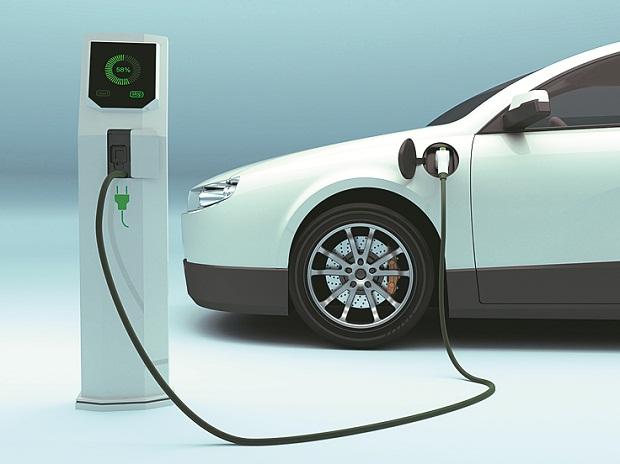The electric vehicle charging infrastructure and its development, together with the customer’s concern for the scope that can be reached on board a pure zero-emission car, are the two main barriers that hinder the adoption of this type of car by the general public.
Alison Jones is the Senior Vice President of Stellantis, the new automotive giant that emerged from FCA and PSA’s partnership. During an appearance at the Autocar Business Live held this January, the executive wanted to verify the main challenges of potential buyers of an electric car.
For Jones, “it is necessary to educate customers to consider the total cost of ownership of an electric vehicle compared to an ICE, rather than just the sale price.”
The higher price of an electric car is an essential access barrier for leaping new mobility. In addition to this, anxiety about autonomy is a phenomenon entirely related to one of the great problems of zero-emission road transport; the cargo net.
When assessing the operating cost of a car, that is, the price that owning and using the vehicle costs us throughout its life, including all inherent costs, the Stellantis executive thinks that “for customers Fleet is an easier conversion, because considering the total cost of ownership, including purchase price and operating costs, is how fleet customers manage.” For this reason, the private client has it “more difficult, because you have more variables.”
For this reason, Jones indicates that his group has “had to do education so that customers show how they can live with electric vehicles.” Government incentives hold the key to that drive, both in terms of the plug-in subsidy.

